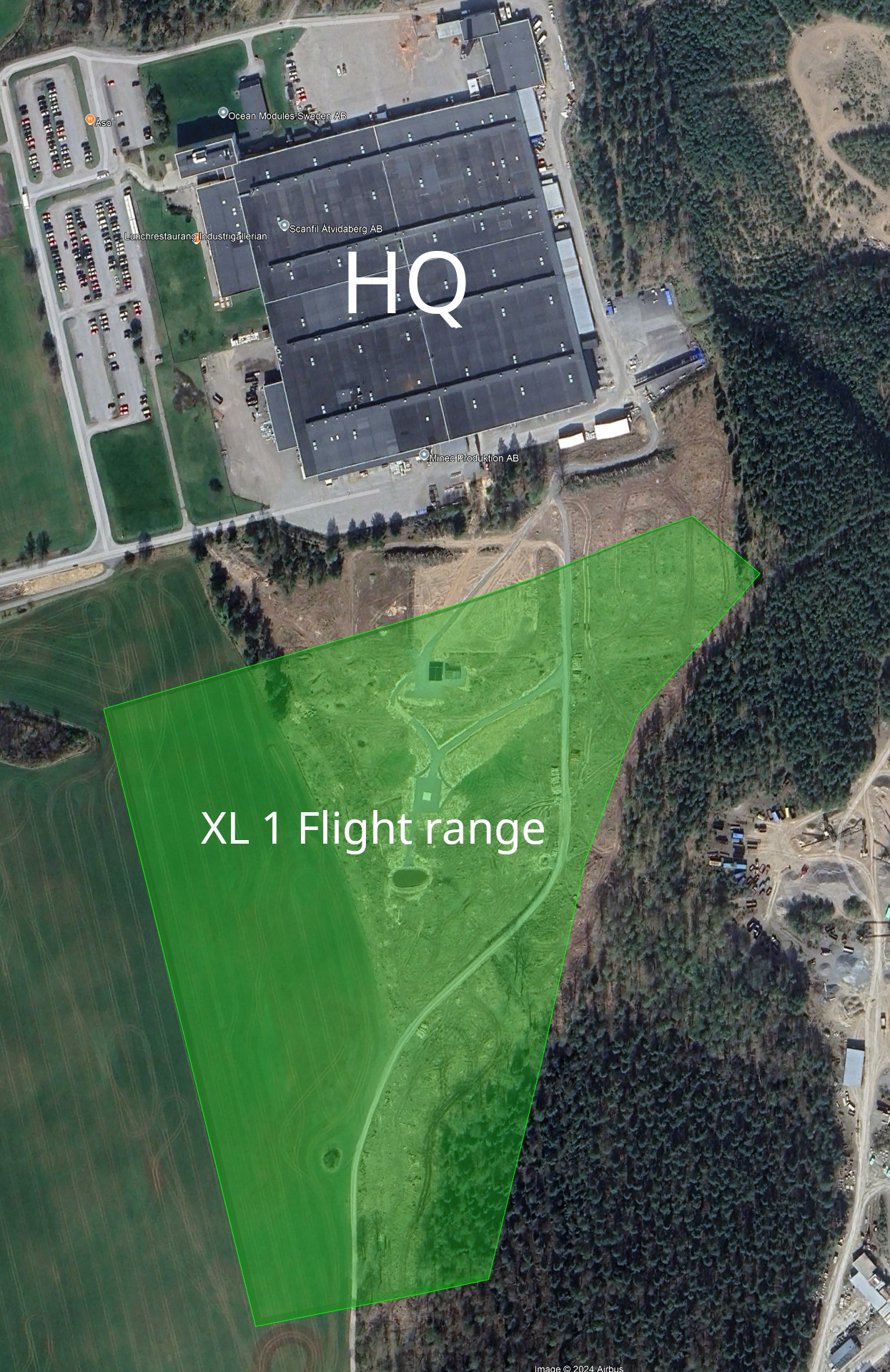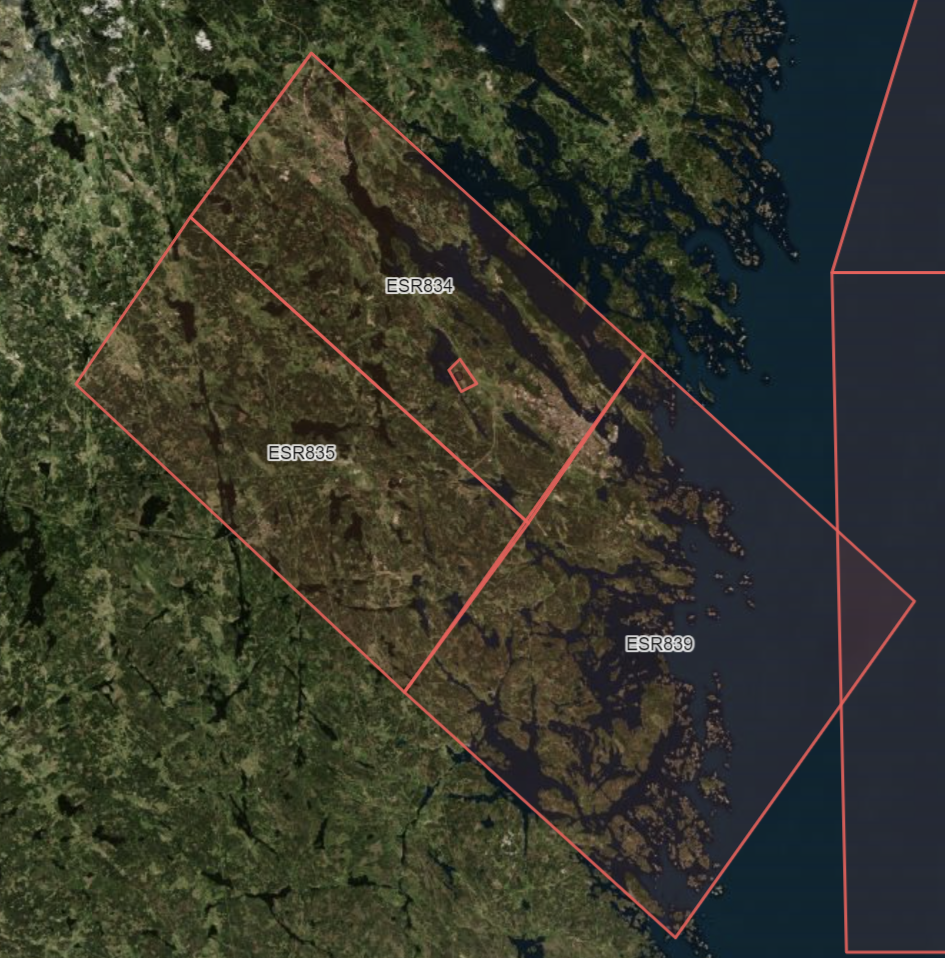About us
ACC Innovation is geographically- and business-strategically located in the facilites of our sister company Industrigallerian.
Geographically, we are located close to Linköping. Linköping is often referred to as the "aeronautical capital of Sweden". It houses one of Swedens best universities (LiU), which provides access to talented and driven people. Being located south of Linköping, Åtvidaberg is also close to Västervik and Västervik airport, where at the latter, Swedens largest premisis for drone flight testing is located. ACC-Innovation has built, owns and operates a large hangar at Västervik airport, where large scale flight testing can be performed. At the headquarters in Åtvidaberg, ACC Innovation also has a flight permit 200 meters outside the manufacturing facility where test flights can be performed.
By being a resident at IBR, we get the full advantage of the IBR concept. Here, we are working with an intuitive concept called "Industrial Business Residence" (IBR). This means all residents work in close cooperation, regardless of line of business. By doing this, every company in the building is aware of what the other company does. This often brings more business. Who knows, a coffee break at the in house restaurant might bring new business. For example, here at ACC-Innovation, large parts of our drones are being manufactured within Industrigallerian. This is also true for our sister company Ocean-Modules.
ACC Innovation facilities

ACC Innovation is located at Örsätter Industrigallerian, Åtvidaberg. The building measures roughly 55 000 square meters, where ACC Innovation has 1500 squaremeter area for aircraft manufacturing, prototyping and offices.
Flight areas
Åtvidaberg

Västervik

We set goals and work for continous improvement
By following up our results, analysing causes and implementing actions, we will develop our business to meet our customers’ and society's needs.


